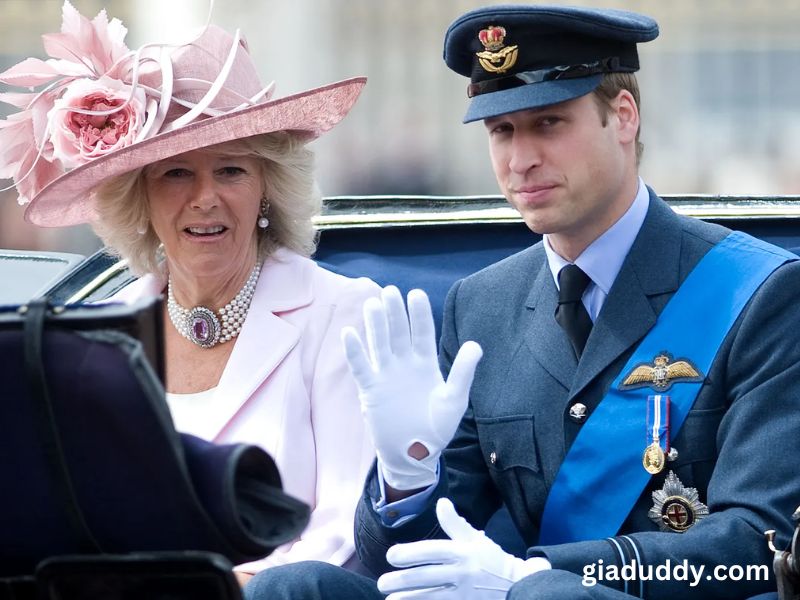In recent years, Prince William has increasingly assumed pivotal roles within the British royal family, signaling a transition toward future leadership. This evolution reflects his growing responsibilities and the monarchy’s adaptation to contemporary expectations.
Early Life and Preparation for Royal Duties
Born on June 21, 1982, Prince William Arthur Philip Louis was the first child of Prince Charles and the late Princess Diana. From a young age, he was groomed for royal responsibilities, attending prestigious institutions and participating in various charitable endeavors. His education at Eton College and later at the University of St Andrews, where he met Catherine Middleton, laid the foundation for his future role in the royal family.
Assuming the Title of Prince of Wales
Following the passing of Queen Elizabeth II on September 8, 2022, Prince Charles ascended the throne as King Charles III. Consequently, Prince William was bestowed with the title of Prince of Wales on September 9, 2022. This designation, traditionally given to the heir apparent, marked a significant step in his preparation for future leadership. Notably, there were no plans for a formal investiture ceremony, emphasizing a focus on deepening trust and respect among the people of Wales.
Increasing Responsibilities Amidst Family Challenges
In 2024, the royal family faced significant health challenges. Both King Charles III and Catherine, the Princess of Wales, were diagnosed with cancer, leading to increased responsibilities for Prince William. Despite these personal trials, he has demonstrated resilience, stepping up to support his family and the monarchy.
Strategic Use of Symbolism and Public Engagement
Prince William and Catherine have adeptly utilized symbolism to prepare for future roles. Catherine, in particular, has been observed wearing jewelry associated with Queen Elizabeth II and Princess Diana, signaling her readiness for the role of queen consort. This strategic use of heirloom pieces reflects a thoughtful approach to royal duties and public perception.
Financial Stewardship and Property Management
Beyond ceremonial duties, Prince William has engaged in the financial aspects of the monarchy. Through the Duchy of Cornwall, he manages extensive property holdings that generate significant income. These assets include land, rivers, and seashores, utilized by various entities, contributing to the royal family’s financial independence.
Adapting to Modern Expectations
The royal family has increasingly embraced transparency and direct communication with the public. Prince William and Catherine have been at the forefront of this shift, engaging in candid conversations and addressing contemporary issues. This approach has been well-received, reflecting a monarchy that is evolving to meet the expectations of a modern society.
Conclusion
Prince William’s journey from heir apparent to a central figure in the royal family underscores his preparedness to assume greater responsibilities. Through strategic engagement, financial stewardship, and a commitment to modernizing the monarchy, he is poised to lead with a vision that honors tradition while embracing the future.


